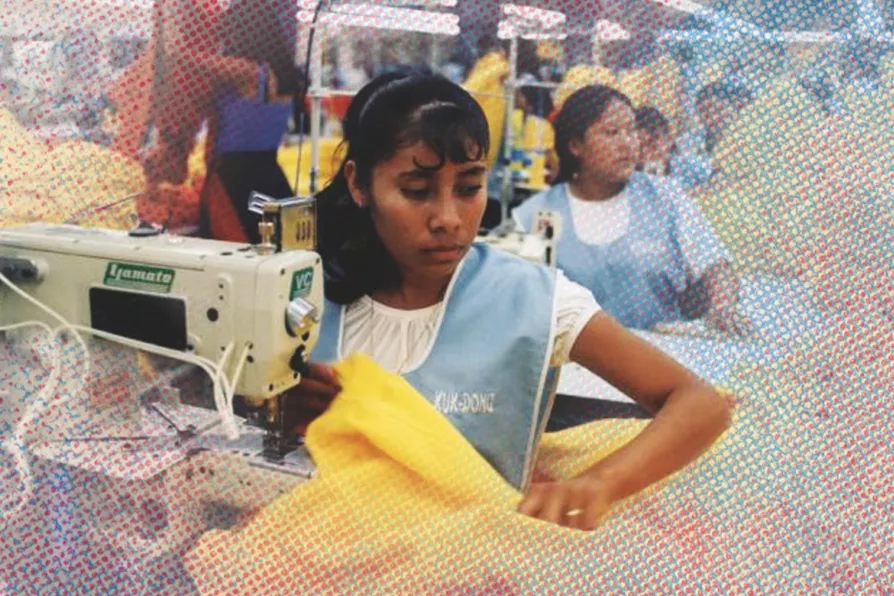Now at 115,000 members and in some polls level with Labour in terms of public support, CHRIS JARVIS looks at the factors behind the rapid rise of the Greens, internal and external


AT first glance perhaps just jargon to confuse the uninitiated and demonstrate the assumed superiority of those who know the answers, particularly because they involve measures and ratios. However, they are useful terms for understanding capital and capitalism.
First, the “organic composition of capital” (OCC). Capital is the means whereby production takes place and (for the capitalists, who own it) enables profit to be made. At its simplest, it consists of two elements, which Marx labelled “constant” and “variable.” The distinction is important, because ultimately only human labour can create new value.
In Capital, Marx illustrates the distinction in terms of a factory producing a particular commodity. Constant capital is the monetary value of components and materials, together with the fixed assets (such as plant and buildings) “used up” (as measured by depreciation or maintenance costs) during production and effectively embodied in the product when it is sold.















